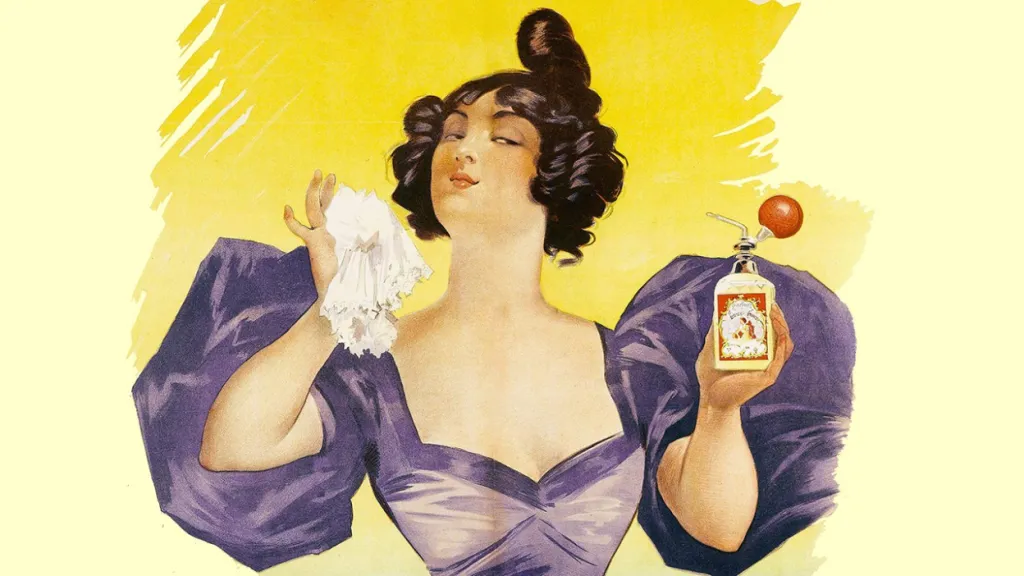In nineteenth-century France, perfume wasn’t just an accessory. Fragrances were applied as cosmetics, certainly, but they were also worn as prophylactics against air-borne diseases (and the stench of others). A popular perfume of the period was the “elixir of youth”, allegedly first worn by a fourteenth-century Hungarian queen who wedded a much younger man before living to the (then) impressive age of seventy-five.
I’ve had the pleasure of sniffing a recreation of the Queen of Hungary’s perfume, made at the Osmothèque, an archive of perfume in Versailles. It recalled a boozy herb garden, thanks to the use of distilled wine to extract scents of rosemary, thyme and other herbs. Jean Kerléo, the Osmothèque’s founder, told me that the Queen of Hungary’s perfume was also sold as a salve for rheumatism, perhaps because the alcohol base warmed the joints. Alternatively, the fresh scent of a green garden may simply have provided a pleasant aromatic distraction from pain.
The intersection of scent and science is the foundation of Theresa Levitt’s noteworthy book Elixir: A story of perfume, science and the search for the secret of life, which focuses on early nineteenth-century bohemian Paris, where the movers and shakers in big-business perfumery battled for advantage against a revolutionary backdrop. Levitt’s deft use of anecdote means she is good at setting the scene. Honoré de Balzac, once a fashion hack, wrote gossipy columns in La Mode newspaper about the perfume business (“Carelessness in la toilette is a form of moral suicide”). Napoleon conducted official business in his fragrant baths. And Levitt’s revelations about the foibles of cultural and political figures extend to the scientific world. The pioneering organic chemist Justus von Liebig made the following suggestion about dealing with a scientific enemy: “You must punch him in the stomach, such that he doesn’t even think about getting up.”
The target of Liebig’s ire was Auguste Laurent, a perfumier who, like his colleague Édouard Laugier, doubled as a chemist. Laurent and Laugier’s search for spiritus rector, a vital force which they believed separated life from the inorganic world, sailed contrary to the prevailing winds of science, but ultimately led them to uncover important clues about the structural nature of chemical compounds.
They developed new techniques for separating fragrances into their component parts, and for ascertaining thereby which ingredients were responsible for pleasing scents and which had a therapeutic effect. This kind of chemistry ultimately…
Full article at The Times Literary Supplement

